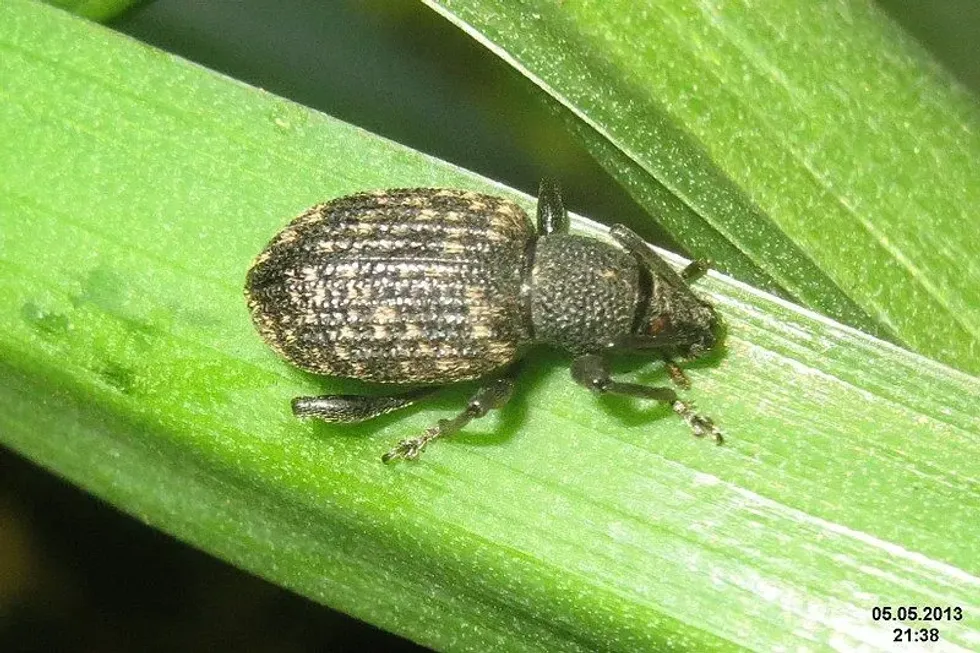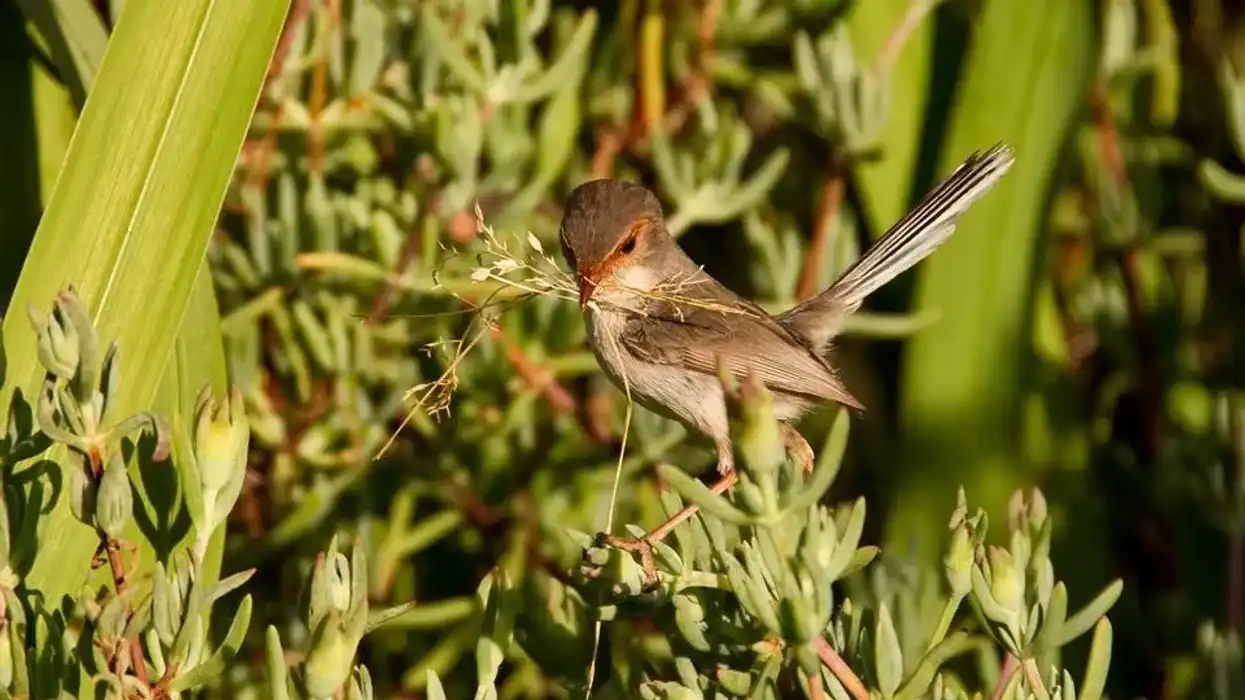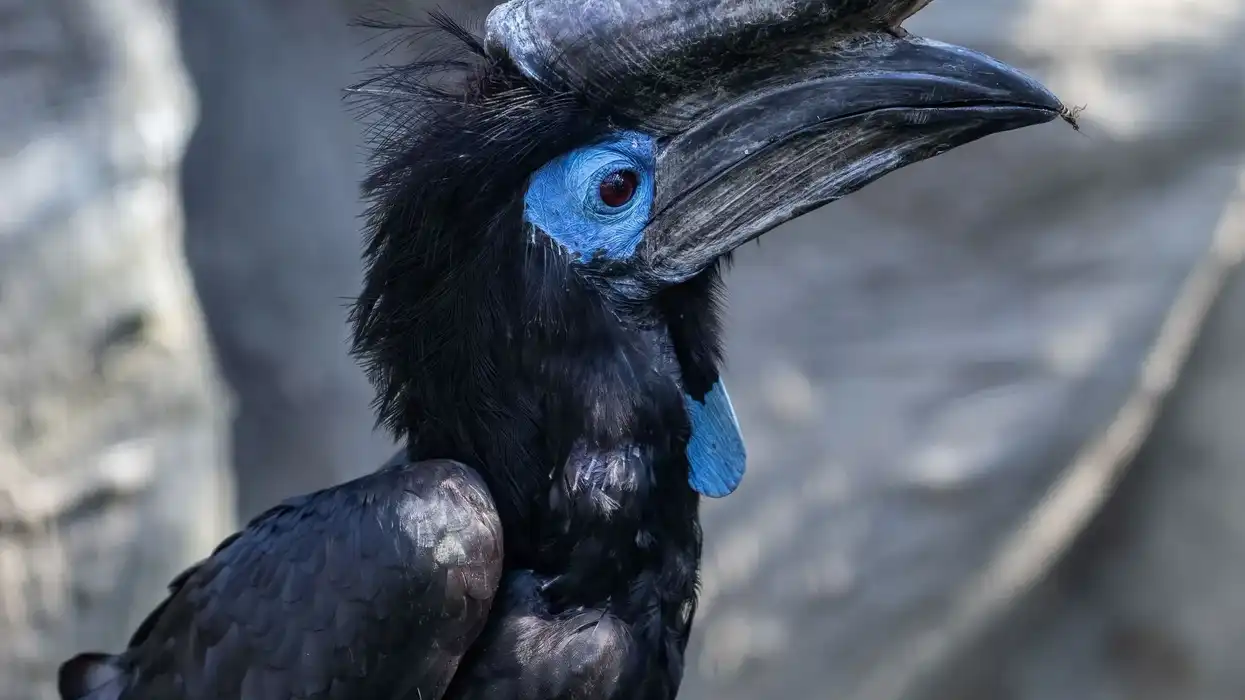Have you heard about the black vine weevil? The black vine weevil is often believed to be a native of Europe. However, this small beetle was first detected in Connecticut, in the USA, in 1910. After that, it spread over all of the northern United States, including the region of Wisconsin.
The black vine weevil is not alone in attacking your plants, a closely related beetle species belonging to the same family (Curculionidae) is the strawberry root weevil.
Both the black vine weevil and the strawberry root weevil are known as root weevils because the larvae of both of these species feed on the roots of plants. If you are wondering where to look out for the black vine weevil, you can locate these black wingless beetles on the leaves of both herbaceous and deciduous plants.
Adult beetles often cause a semi-circular-shaped cut on a plant's leaves as they feed on them.
Are you worried about your potted plants and looking for some black vine weevil control tips? Here is the chance for you to learn how to identify and control black vine weevils. Do check out our fact files about other plant-destructive creatures like the ambush bug and the acorn weevil to learn more.
Black Vine Weevil Interesting Facts
What type of animal is a black vine weevil?
Black vine weevils are nocturnal insects, so they come out at night to feed on their favorite flora. You can often find circular cuts on the leaves that they eat.
Light to moderate cuts on the leaves implies a minor attack on the plants. Adults feed on the ornamental plants of 100 different species and adult black vine weevils can cause an infestation of these plants.
What class of animal does a black vine weevil belong to?
Black vine weevils belong to the class Insecta and the family Curculionidae.
How many black vine weevils are there in the world?
The exact number of black vine weevils is unknown since there are more than 60,000 species of weevils that are widely distributed across the world.
Where does a black vine weevil live?
The black vine weevil, Otiorhynchus sulcatus, lives in woods, gardens, parks, nurseries, greenhouses, and forests. They are inhabitants of the tropical and subtropical regions.
Although this insect is often believed to be native to Europe, it is also found in the USA. It lives on many ornamental plants like rhododendron, azalea, and cyclamen plants. Its other host plants include strawberries and fruit crops.
What is a black vine weevil's habitat?
Otiorhynchus sulcatus bugs are found in tropical and subtropical regions. They live on the roots, stems, and leaves of different plant species.
Otiorhynchus sulcatus bugs are one of the most destructive pests in a nursery of plants. A native pest of Europe, that was first sighted in 1910 in Connecticut, USA, it is the most widespread species of root weevils.
Adult root weevils favor Japanese holly, rhododendron, euonymus, and yew plants, but black vine weevil larvae go for hemlock plants. This pest has been found in other plant species too, they were recorded in more than 100 plant species.
Who do black vine weevils live with?
Otiorhynchus sulcatus bugs live in packs.
How long does a black vine weevil live?
The Otiorhynchus sulcatus is expected to live for one year in captivity.
How do they reproduce?
There are no males among black vine weevils; its entire population consists of females. Reproduction takes place through a process known as parthenogenesis. In this process, the egg is fertilized without the need for sperm.
Partly grown larvae spend winter in the soil. In late spring, adults emerge from the soil, and eggs are laid after one or two weeks.
The female lays around 500 eggs in the soil near the base of the plant, comprising of leaf litter. After the eggs hatch, the young larvae are known to feed on the roots of plants. This feeding starts from midsummer and lasts until fall.
Only one generation is reproduced per year. The life cycle of Otiorhynchus sulcatus bugs consists of four stages: egg, larva, pupa, and adult beetle.
What is their conservation status?
The conservation status of the Otiorhynchus sulcatus species is Not Evaluated.
Black Vine Weevil Fun Facts
What do black vine weevils look like?
Adults are brownish-black with blurry yellowish spots and are 0.6 in (1.6 cm) long with a hard-shelled body covering. Adults have a short and broad snout with antennae.
Larvae are white with a C-shaped body and brownish heads. At night adults emerge to feed, chewing the side of the leaves. They hide in the soil, leaf litter, or compost during the day.
How cute are they?
The black vine weevil is an average-looking insect, it is not particularly cute.
How do they communicate?
These insects communicate mainly through sound. Other means of communication include visual, touch, chemical, mechanical, mimicry, or emitting lights. Entomologists suggest that insects can communicate through vibrations using their legs and wings. Some also communicate with the help of sounds like air currents or shake the surface where they dwell.
How big is a black vine weevil?
The Otiorhynchus sulcatus is around 0.6 in (1.6 cm) in length. Thus, the Otiorhynchus sulcatus is three times larger than the strawberry root weevil.
How fast can black vine weevils move?
These weevils cannot fly as they do not have wing covers, but they are active walkers.
How much does a black vine weevil weigh?
The weight of the Otiorhynchus sulcatus species is not known.
What are the male and female names of the species?
There is no such thing as a male black vine weevil. All vine weevils are known to be females. These weevils are parthenogenetic.
What would you call a baby black vine weevil?
A baby black vine weevil is known as a 'larvae'.
What do they eat?
Adult weevils and larvae feed on ornamental plants. Adults emerge at night to feed on these leaves. Adults are known to feed on around 100 different woody and herbaceous plant species. However, their preferred choice is rhododendrons, yew, or hemlock. As yew is the most attacked plant, black vine weevils are also known as the Taxus weevil.
Broadleaved evergreen plant species such as rhododendron, camellia, and euonymus are highly prone to damage from these bugs, which also attack shrubs and herbaceous plants.
Are they harmful?
No, they are not dangerous or harmful to humans, and they don't bite nor transfer any diseases. In addition, adult black vine weevils usually don't cause any damage when indoors. However, they can ruin the leaves of houseplants. So, they are dangerous and harmful to many plant species.
Would they make a good pet?
No, these weevils would not make a good pet.
Did you know...
10-15 days after eggs are laid, these eggs hatch into C-shaped larvae with a white body and brown head.
Weevil larvae feed on the roots of plants; thus, these root systems are destroyed, delaying the growth of the plant or causing it to wither and die.
Larvae remain in the soil until they become adults.
Most adults die before the onset of winter. Although, house pets can survive for up to one year.
Black vine weevil damage
The host plants that are attacked by black vine weevils are rhododendron, yew, camellias, euonymus, hemlock, and arborvitae. They also prey on shrubs and herbaceous plant species like ‘bergenias’.
Black vine weevil larvae are responsible for damaging their host plants since they attack the roots of the plants uniquely. They feed on the smaller roots, chew the matured roots' bark, and make a tunnel in the larger roots.
Otiorhynchus sulcatus insects are dangerous for these plant species. They can enter your house, garden, or anywhere, and these weevils can cause almost any plant species to wither or die.
How to get rid of black vine weevils
The best way to treat or kill black vine weevils is by using chemical insecticides (always check that they are safe to use first, and only adults can use these). Products like chlorpyrifos are strong pest killers and other insecticides include Metarhizium brunneum and Beauveria bassiana.
Besides these insecticides, natural pest killers can be used, such as entomopathogenic nematodes. Larvae are usually controlled by parasitic nematodes like Heterorhabditis bacteriophora and Steinernema kraussei. To use these, an adult needs to mix pest controllers with water and water them onto the soil where the infestation has occurred.
You can also get rid of adult weevils by building sticky barriers on the trunks of the attacked plant species. Interestingly, weevils return to the soil after feeding and these weevils cannot fly, so you can manually remove the weevils at night when they come to feed.
Here at Kidadl, we have carefully created lots of interesting family-friendly animal facts for everyone to discover! For more relatable content, check out these false chinch bug facts and atlas beetle facts for kids.
You can even occupy yourself at home by coloring in one of our free printable black vine weevil coloring pages.










